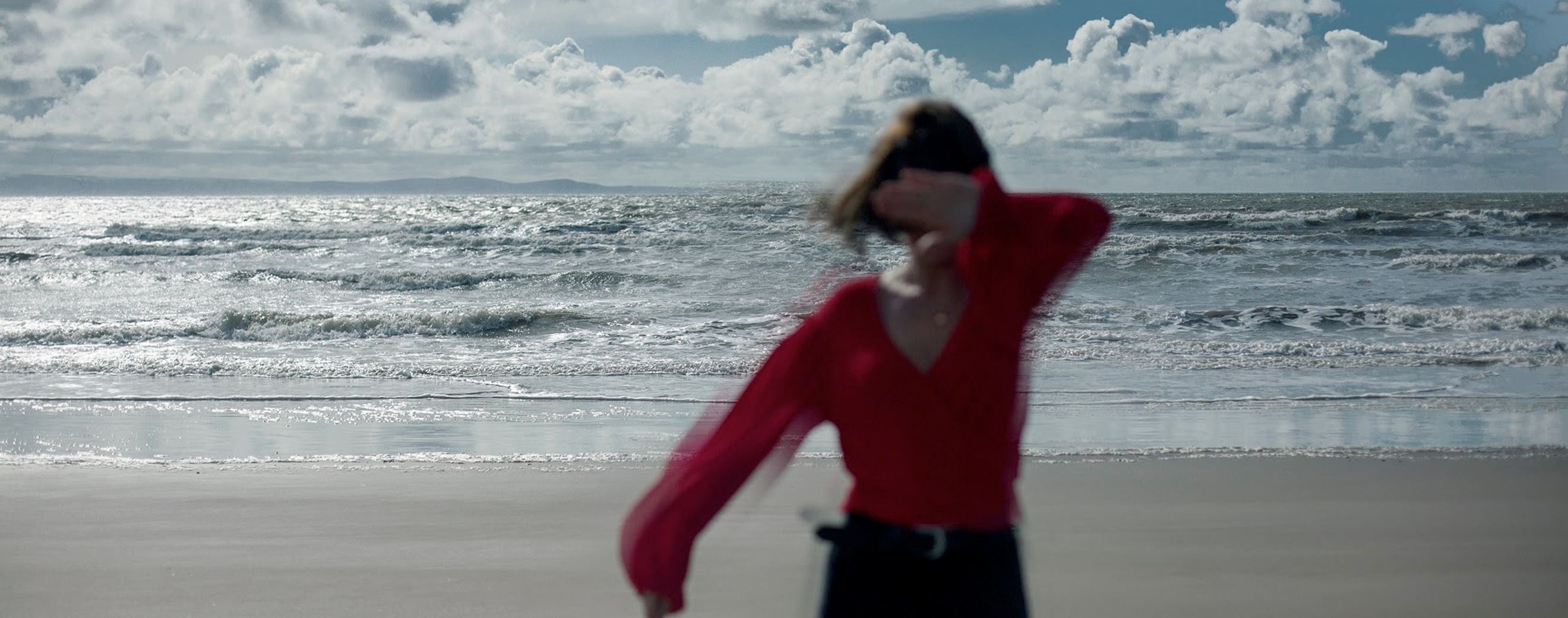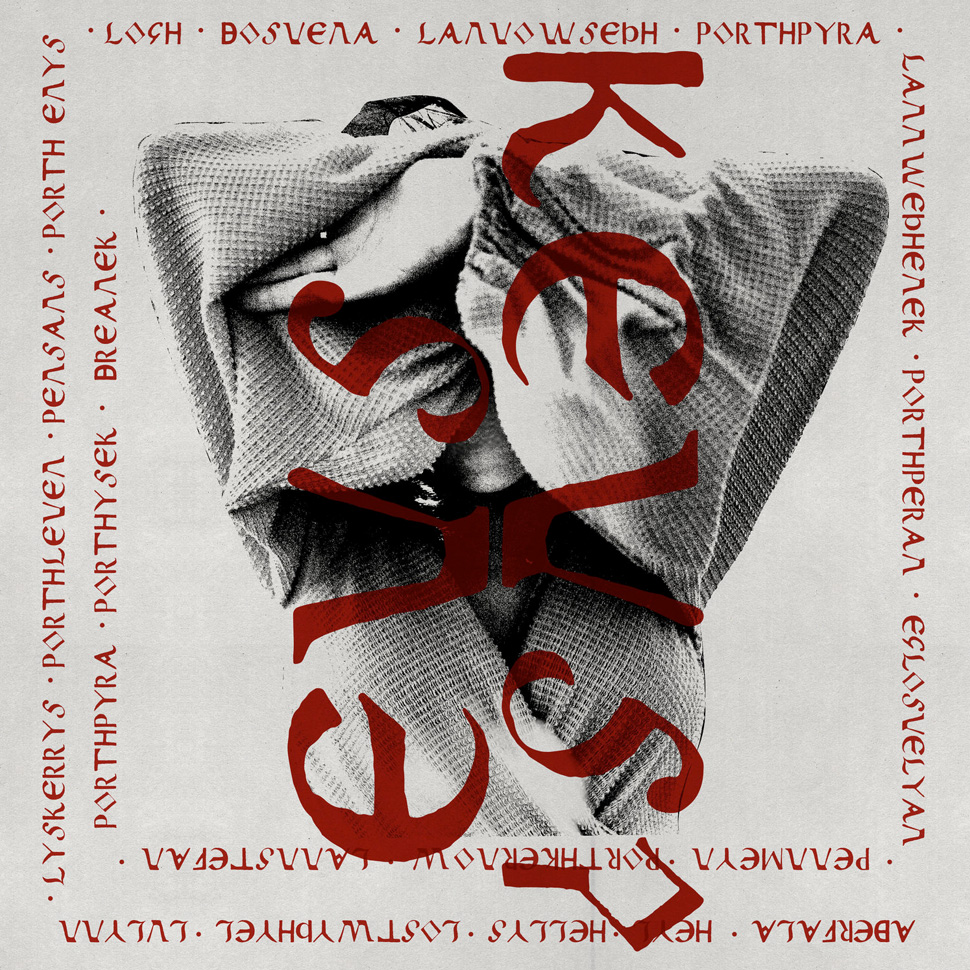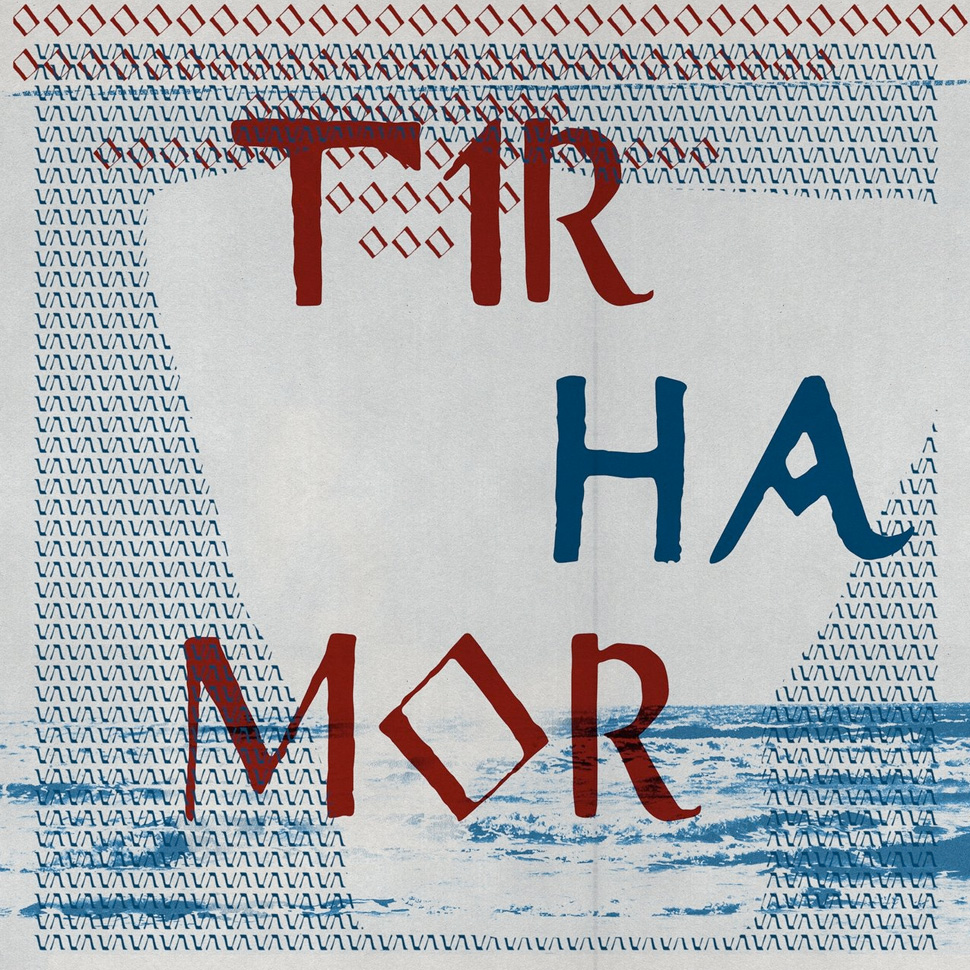

Gwenno Saunders is an award-winning solo artist, known for exploring her Welsh-Cornish heritage through songs, stories and electro-pop sounds.
Her debut album, ‘Y Dydd Olaf’ (The Last Day), was released in 2014 and won the Welsh Music Prize. Sung entirely in Welsh with the last song in Cornish, she is often dubbed a ‘Brittonic language activist’ and hits the headlines with her support of minority languages.
Gwenno is now back with her latest release, ‘Le Kov’ (The Place of Memory), which is recorded entirely in the Cornish language. The Go Cornish team headed to her gig at Tremough Campus, Penryn to find out more about what the album means to her.
You’ve just played to a packed house here at Tremough Campus in Penryn. How was it performing in Cornwall?
Oh! Marvellous. It was marvellous.
We started touring the new album here in Falmouth about a year ago. It’s nice to come full circle.
Previously, the majority of your songs were written in Welsh with some in Cornish. What inspired you to do an album entirely in Cornish?
Well, it’s the language I spoke at home with my family. Being on Twitter I also met so many people speaking Cornish (other than just my father’s friends!)
Young people are using the language differently these days. With things like the Gorsedh Kernow, they are not just learning Cornish but also trying to live in it. There is something powerful happening in Cornwall, and I wanted to be a part of it.
When you were growing up, your mother spoke to you in Welsh and your father was a poet, speaking to you in Cornish. What influence has your father’s poetry had on your work?
I did use one of his poems in my first album, in the last song called ‘Amser’. But I thought, “I can write my own poetry in Cornish too!”
I knew that Cornish isn’t spoken by many people, but I wasn’t happy about that – I wanted it to be more than just something I used just with my dad.
So, yes he has inspired me and there are elements of his work in my work, without me thinking about it. Just how much… it’s not for me to say, I think.
Your album ‘Le Kov’ translates as ‘the place of memory’. What does this mean to you?
This isn’t an album about living in Cornwall, or about Cornwall as an experience.
I am trying to tell my truth without being something that I am not! It is instead based on elements of the Cornish language itself.
This was once the language of all the people living in Cornwall. But now it is almost lost.
So, then reading about stories of mythical places, stories like ‘Lanngorow’ [the city swallowed by sands at Crantock], ‘Karys’ [the Breton drowned land], ‘Cantre’r Gwaelod’ [the legendary Welsh sunken land] and ‘Lethesow’ [the land of Lyonesse].
All of these stories don’t seem to be about Cornwall, as we know it. They seem to be set in place far off under the sea. Just like my truth, my experience from far away. And this is ‘Le Kov’: an imagined place.
Gwenno Saunders yw artydh solo pewas-waynya, aswonys rag hwithra hy ertach Kembrek-Kernewek dre ganow, hwedhlow ha sonyow elektro-bopp.
Hy hynsa albom, ‘Y Dydd Olaf’ (An Diwettha Dydh), o dyllys yn 2014 hag y hwaynyas an Pewas Ilow Kembrek. Kenys yn Kembrek yn tien gans an diwettha kan yn Kernewek, menowgh leverys hy bos ‘bewheydh yeth Vrydhonek’ ha merkys gans hy skoodhyans a yethow byghan.
Lemmyn yth yw Gwenno dehwelys gans hy diwettha dyllans, ‘Le Kov’ (An Le a Gov), yw rekordys y’n yeth kernewek yn tien. An para Go Cornish eth dh’y ferformyans orth Kampva Trevogh, Pennrynn rag kavos moy a-dro dhe byth a styr an albom dhedhi hi.
Ty re warias dhe ji leun omma yn kampus Tremogh, Pennrynn. Fatel o performya genes jy yn Kernow?
A! Marthys, yth yw marthys…
Ni a dhallathas gul tro an albom nowydh omma yn Aberfala nans yw a-dro dhe vledhen. Yth yw hweg dones yn tro.
Ytho kyns, brassa rann a’th kanow o skrifys yn Kembrek gans nebes yn Kernewek. Pyth o an awen ragos dhe wul albom Kernewek yn tien?
Well, yth yw yeth a wruga vy kewsel ha my tre gans ow theylu. Ha bones war Twitter my a vetyas gans meur a dus ow tevnydhya Kernewek. (nag yw marnas kowetha ow thas!)
Yma tus yowynk ow tevnydhya an yeth yn tyffrans yn eur ma. Gans an traow avel Gorsedh Kernow, na wrons i saw dyski Kernewek mes a-ves dhe henna, yma neppyth nell ow hwarva yn Kernow ytho y fia da genev vy bones rann anodho.
Ytho, ha ty ow tevi, mamm ow kewsel Kembrek , ha tas o bardh, ow kewsel Kernewek dhis. Pyth yw tennans bardhonieth dha das y’th ober?
Well, my a wrug devnydhya onan a’y vardhonegow war an albom kynsa, yn kan dhiwettha henwys Amser. Mes my a wrug prederi “y hallsen vy skrifa bardhonieth yn Kernewek ynwedh”
My a worfeu nag yw meur a dus ow kewsel Kernewek, ha nyns ov vy lowen yn-kever henna – my a vynsa bones moy ages neppyth devnydhys gans ow thas.
Ytho gwir, ev re ros awen dhymmo vy hag yma elvennow a’y ober yn ow ober vy heb dhymm prederi yn y gever. Py myns… nyns yw ragov vy dhe leverel my a dyb.
Dha albom ‘Le Kov’, a styr avel ‘the place of memory’. Pyth yw an styr dhiso jy?
Nyns yw hemma albom yn-kever triga yn Kernow po yn-kever prevyans Kernow.
Dhymmo vy yth esov vy owth assaya leverel ow gwiryonedh heb bones neppyth nag ov vy. Yn le a henna yma elvennow an yeth kernewek hy honan.
Homm o an yeth rag oll a dus trigys yn Kernow mes lemmyn yth yw ogas kellys.
Ytho, wosa redya yn-kever leow henhwedhlek, hwedhlow avel ‘Lanngarow’ ha ‘Kar Ys’ [tir beudhys Bretonek] ha ‘Kanstra gwelod’ [tir sedhys henhwedhlek Kembrek] ha ‘Lethowsow’ [an tir a Lethowsow].
Nyns usi oll an hwedhel ma bones yn-kever Kernow, dell wodhon ni. Dell hevel yth yw neb le pell, yn-dann an dowr . Kepar ha’m gwiryonedh, yma ow frevyans dyworth pell a ves. Ha hemm yw ‘Le Kov’, an le dismygys.
Share



